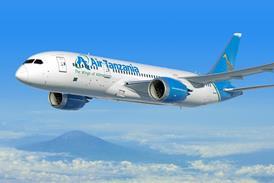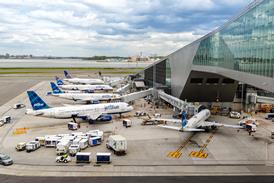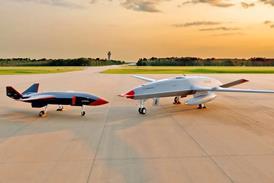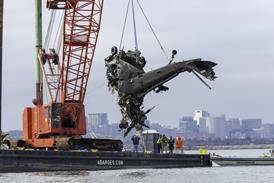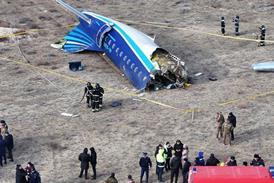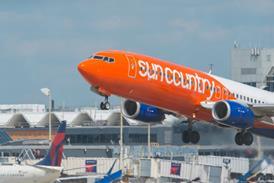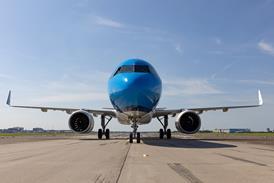The fatal crash of an Australian army NH Industries MRH90 was due to the flightcrew’s spatial disorientation, leading to controlled flight into the sea.
The 28 July 2023 incident involving the helicopter A40-040 resulted in all four crew killed, and prompted the early removal of the type from Australian service.

According to a Defence Flight Safety Bureau inquiry, A40-040 and three other MRH90s – the local designation for the NH90 – were tasked with the nighttime extraction of troops from Lindeman Island during the Talisman Sabre exercise.
The helicopters, operating from Proserpine airport, were given the callsigns Bushman 81, 82, 83 and 84, with Bushman 83 being the accident aircraft.
During the mission, visibility was sometimes degraded owing to localised showers – this contributed to a decision for a left-hand holding pattern, not a right-hand pattern as briefed. The doors on the helicopters were also closed, with the crew using night-vision devices.
The inquiry, based on analysis of the helicopter’s cockpit-voice and flight-data recorders, notes that the crew of Bushman 83 had to make frequent adjustments to stay in formation with Bushman 82, resulting in disorientation, and unawareness that the helicopter’s pitch was lowering and airspeed increasing.
At this point, the aircraft commander made a larger forward longitudinal input.
“It is likely that the aircraft commander perceived that the aircraft had not yet transitioned from a pitch-up attitude to a pitch-down attitude,” notes the inquiry.
“However, the rapid and continual application of forward cyclic pitched aircraft’s nose further down, which combined with a lack of recognition of the aircraft’s increasing airspeed, resulted in a very high and unrecoverable rate of descent towards the water.”
The report also suggests that the pilot of Bushman 83 may have been trying to avoid a collision with Bushman 82 after regaining sight of the other helicopter, contributing to his holding the cyclic to the right.
The inquiry found no evidence of technical failures on the part of the helicopter.
The report recommends enhancing training, procedures, and risk controls for night, overwater, and formation flying – particularly to address spatial disorientation risks – alongside improving fatigue management, non-technical skills, and flight supervision standards to prevent recurrence of such accidents.
The crash came after years of technical problems with the MRH90 in Australian service and prompted the type’s early retirement. Four months prior to the fatal crash of A40-040, another Australian MRH90 participating in an exercise was forced to ditch in the sea owing to a major failure in its left-hand Safran Helicopter Engines RTM322 powerplant, with four crew and six passengers escaping serious injury.
Australia is replacing the MRH90 with the Sikorsky UH-60M Black Hawk.

